Agave azul (blue agave/Agave tequilana) is famous for being the “tequila agave.” Actually agave azul used to make spirits across various regions of Mexico. At the risk of being controversial, it is part of the Angustifolia species, like a brother of espadin. Like all unique sub varieties, the blue agave has characteristics that make it unique, and shows differently depending on its terroir–including the climate and soil of where it is grown, as well as the human element of production. The qualities that made it favorable for tequila-such as relatively early ripening and high sugar content-are shared by some other Angustifolias. I tend to find themes of high acid and grassy minerals as well.
It’s fun to hone in on the qualities of the agave. But it’s crucial to remember that these samples represent a tiny fraction of the pool, so at best, this will give one limited perspective of how this agave is being expressed across present day Mexico. This tasting is a geeky and fun way to deepen our sense memory bank of what agave azul can be, but if you walk away feeling like an expert in blue agave, you’ve done it wrong.
The Spirits
Cascahuin Blanco : Jalisco
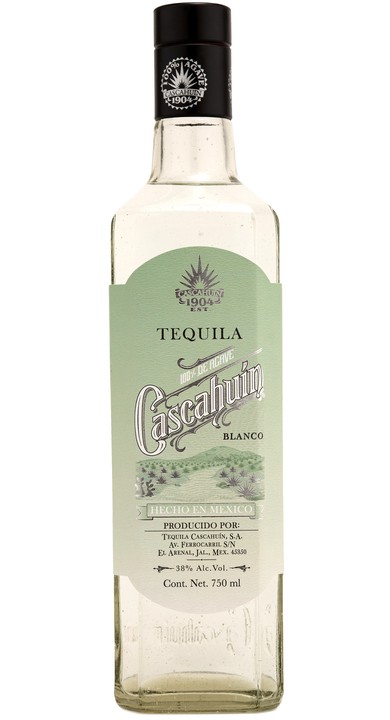
Cascahuin Blanco is my go-to all purpose good tequila. Made from high quality ripe blue agave, the flavor is pure and serves as a good benchmark of what tequila is supposed to taste like. (If you have another good unaged tequila on hand, feel free to swap it in or add it to the lineup.)
Caballito Cerrero Azul : Jalisco
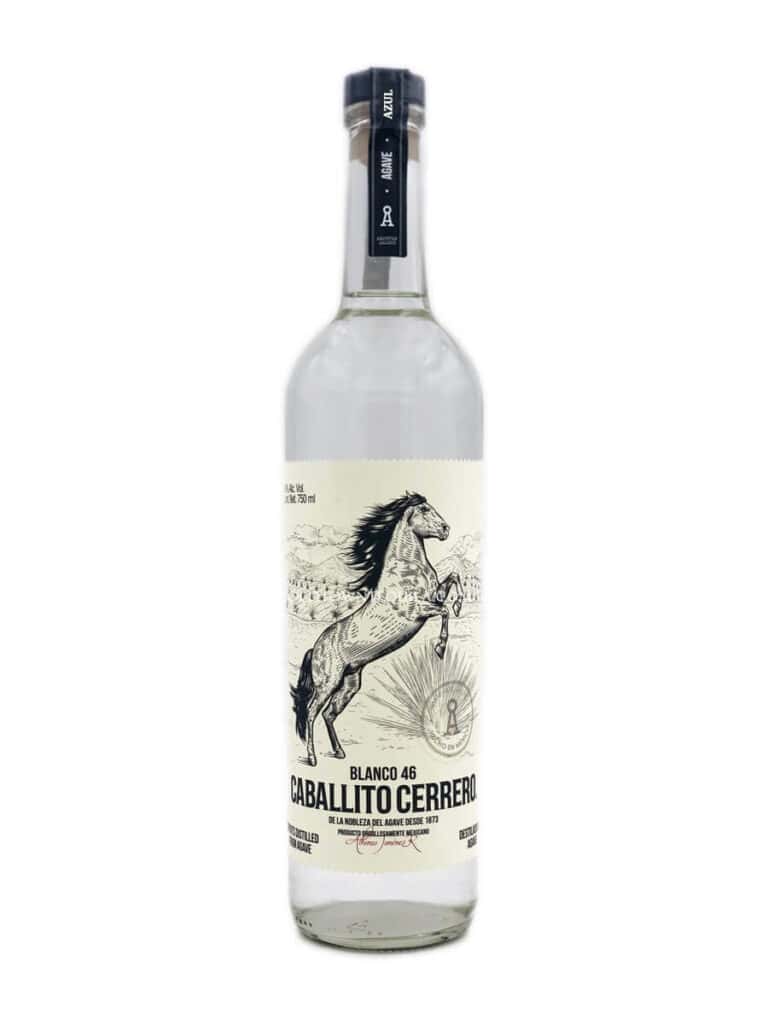
Caballito Cerrero is made from agave azul by a venerable family of tequila producers who work within the boundaries of the DOT, but is no longer labeled as tequila. Instead it is a destilado de agave. Or you can think of it as the untamable agave spirit brand that refuses to be put into a box.
Derrumbes Zacatecas : Zacatecas
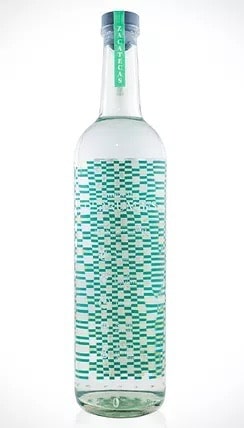
This is a full-on artesanal mezcal production, including tahona crushing and aging for 60 days in glass. The agave provenance and production are Hacienda de Guadalupe, Zacatecas.
La Luna Tequilana : Michoacan
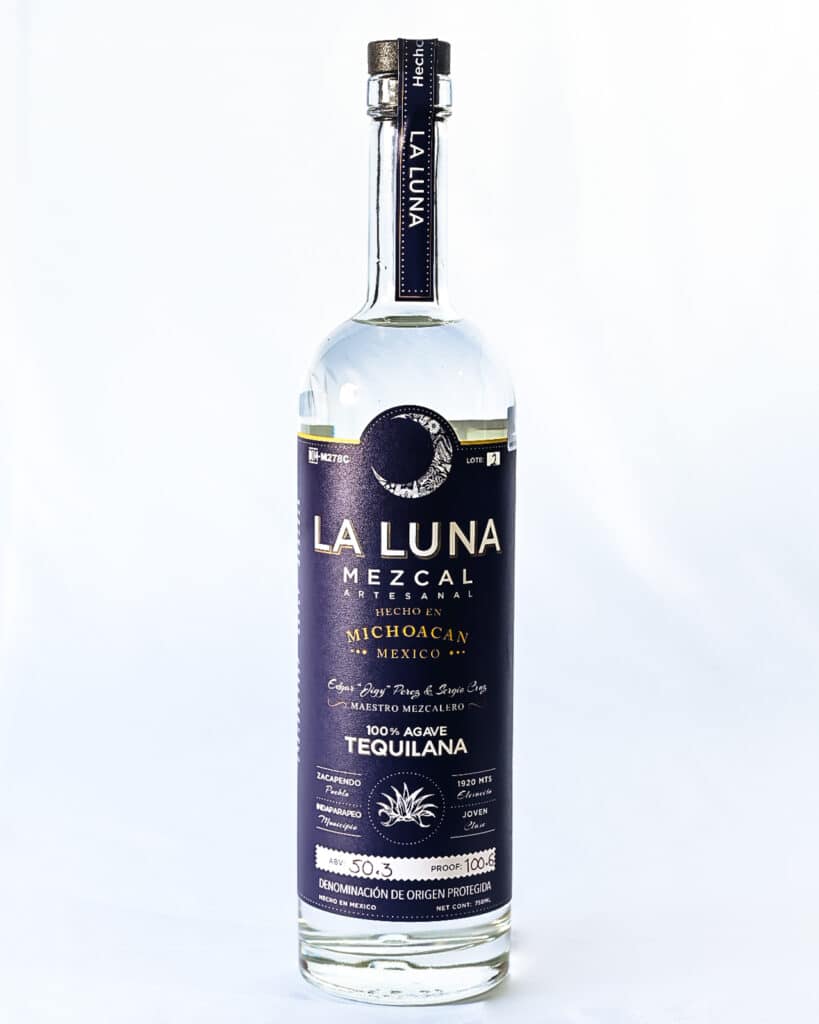
Tequila also comes from Michoacan, but the region is better known for its mezcals. Made in an artisanal mezcal process from blue agave, this is mezcal Michoacano. In addition to their 100% blue agave production they feature blends with blue agave and other regional agaves- also worth tasting.
Del Maguey Azul : Oaxaca
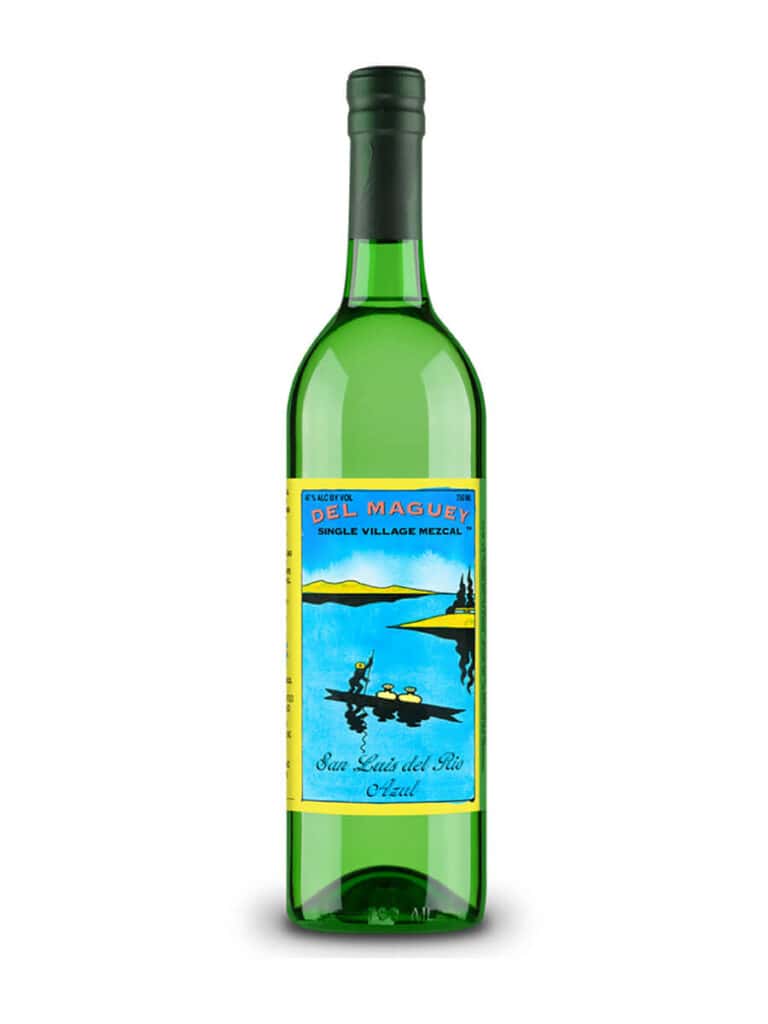
Particularly interesting is tasting a traditionally made mezcal from Oaxaca from 100% agave azul. This expression comes from San Luis Del Rio, where Vida is also made. You could add a small taste of Vida for a fun comparison between two angustifolias from the same region.
The Pairings
Rather than creating one to one pairings, a more casual approach to the food element is appropriate here in order to keep the focus on the subtleties of the spirits and how they each express the blue agave differently or similarly. Follow a simple formula to create a tasty and balanced pairing board:
- One mild salty cheese, such as quesillo, feta, or havarti
- One crunchy salty snack, such as toasted nuts/peanuts, popcorn, chapulines
- One sweet element, such as dates, chocolate, fresh fruit
- One carb, such as crackers, bread, totopos/tostadas
Of course feel free to embellish this a bit, perhaps adding in some chewy jerky or crunchy chicharon or creamy guacamole–but keep the flavors relatively straightforward and mild in complexity. The pairing bites are meant to cleanse the palate and fortify the body.
Notes
You can easily create a larger tasting by adding in another tequila or two. Bonus points for including Siembra Ancestral, which is a hybrid of traditional and modern vino de mezcal de tequila; or La Venenosa Azul which is a raicilla and offers an interesting comparison from within Jalisco. If you have access to other blue agave spirits, add them to the line up as well. For this kind of tasting I highly recommend keeping notes–over time you may amass a list of 10 or more blue agave spirits that will further deepen your understanding of the flavor and characteristics that make agave azul unique.

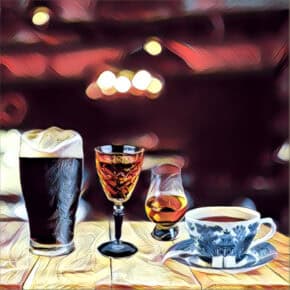
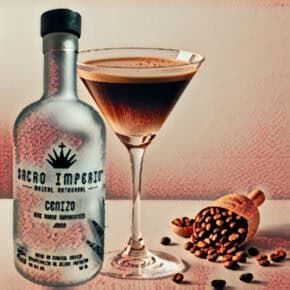
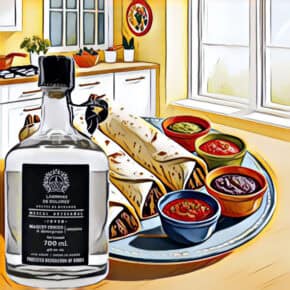









Leave a Comment